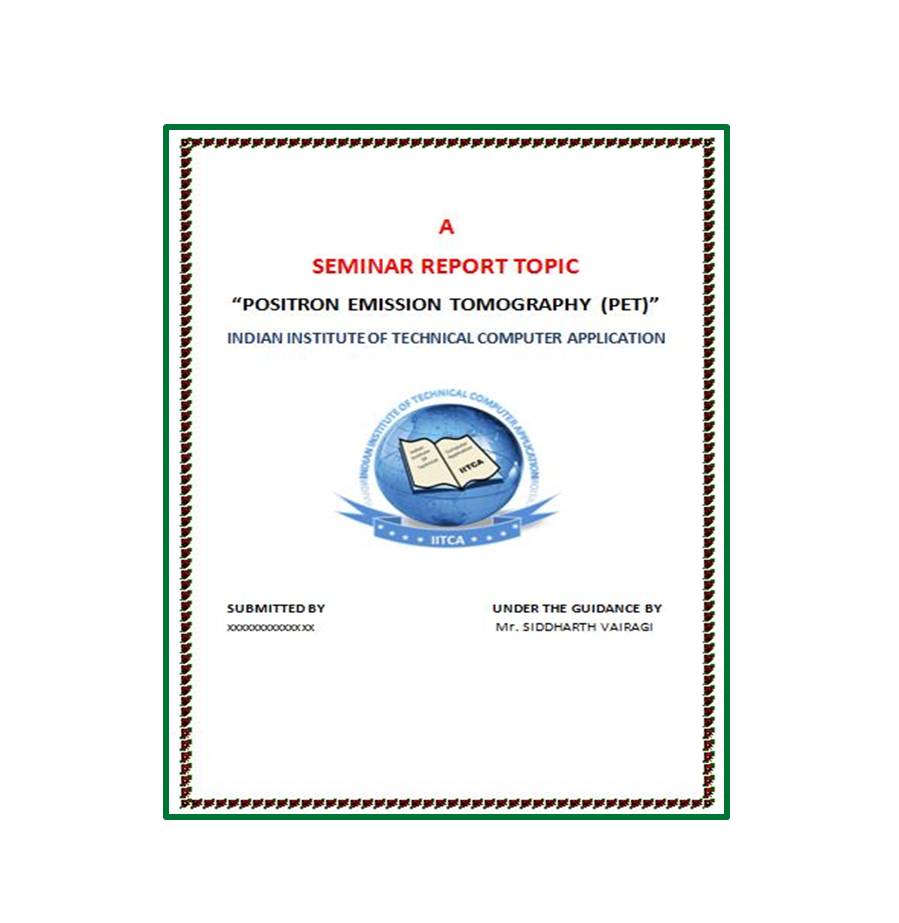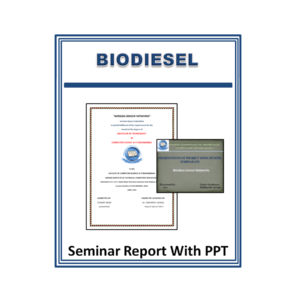Description
INTRODUCTION
PET is a nuclear medicine medical imaging technique that produces a 3-D image of functional processes in the body. A PET scan uses a small amount of a radioactive drug, or tracer, to show differences between healthy tissue and diseased tissue. The most commonly used tracer is called FDG (fluorodeoxyglucose), so the test is sometimes called an FDG-PET scan. Before the PET scan, a small amount of FDG is injected into the patient. Because cancer grows at a faster rate than healthy tissue, cancer cells absorb more of the FDG. The PET scanner detects the radiation given off by the FDG and produces color-coded images of the body that show both normal and cancerous tissue.
Positron Emission Tomography (PET) Seminar Report
Page Length : 11
Content :
- Introduction
- What is Positron Emission Tomography (PET)?
- Uses of PET
- The PET scanning Process
- Advantages
- Disadvantages
- References
Positron Emission Tomography (PET) Presentation Report (PPT)
Page Length : 14
Content :
- What is PET
- A little history about the positron
- What is a Positron?
- What happens after the positron is obtained?
- Uses
- How does it work?
- How is it performed?
- What are the benefits vs. risks?
- Things to consider
- Limitations










Reviews
There are no reviews yet